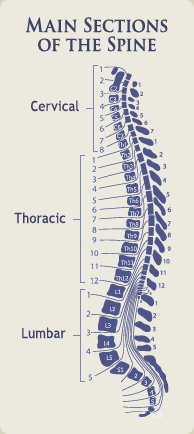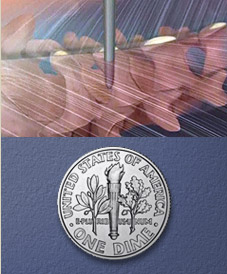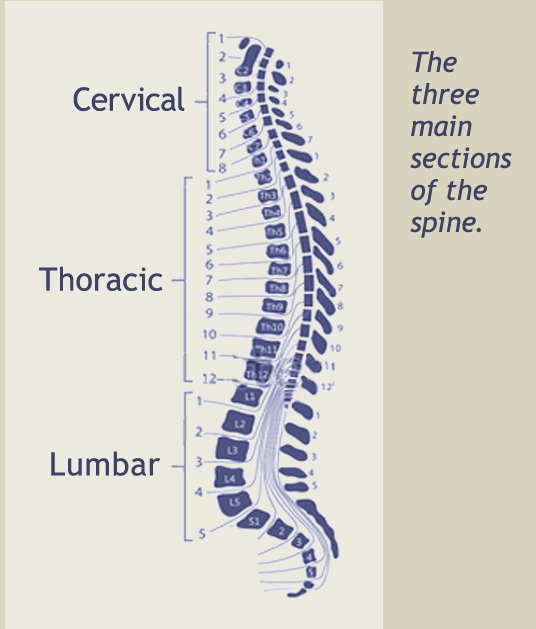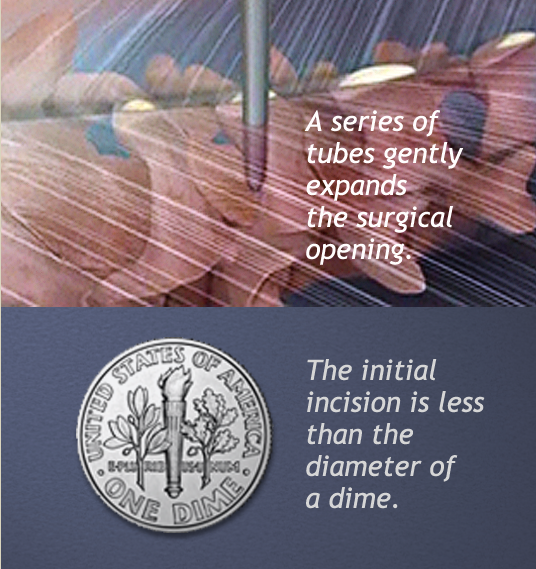
What is a MINI™ Discectomy?
The MINI (MicroInvasive Neuro Integration) Discectomy, or MINI Disc, is one of four procedures that synergistically combine proven medical treatment and microsurgical instrumentation with the diagnostic expertise and breadth of experience of the neurosurgeons at Dallas Neurosurgical and Spine (DNS).

What conditions does the MINI Disc treat?
The MINI Disc procedure is most commonly performed in the lumbar (lower) spine to relieve pain that shoots down the leg due to pressure that a herniated disc may be exerting on a compressed nerve.
It can also effectively treat pain that radiates around the torso due to pressure on a nerve root in the thoracic (mid) spine or pain in the neck, shoulders and arms resulting from pressure on nerve roots in the cervical (upper) spine.
What makes the MINI Disc procedure special?
The lumbar microdiscectomy was first conceived at Harvard’s Mass General Hospital in the 1970s and since then has become one of the most common spinal procedures.
The MINI Disc procedure has taken lumbar microdiscectomy and evolved it further, utilizing a tube dilator retractor system that results in a Band-Aid® size incision. The procedure allows for the effective removal of all herniated disc material that presses on a nerve root or the spinal cord and is performed through a remarkably small incision – usually 1.5 cm (not quite the diameter of a dime) or less.

A series of tubes gently expands the surgical opening. The initial incision is less than the diameter of a dime.
What about alternatives like laser spine surgery?
Laser spine surgery has been widely marketed but is actually quite limited in the kinds of disc herniation it can properly treat. By contrast, the MINI Disc procedure can treat every form of disc herniation. An extruded or even sequestered disc can be repaired and extraneous material is more effectively seen and removed through the MINI approach. As a result, the MINI procedure often offers a greater likelihood of complete or longer-term pain relief.
In addition, there is the matter of safety. The MINI Disc surgery is performed by DNS board-certified/board eligible neurosurgeons who have trained all of their adult lives to understand the intricacies of the human nervous system. If something out of the ordinary were to happen, they are well equipped to handle any eventuality. The same cannot be said of many doctors who perform laser spine surgery.
How do I know if I’m a good candidate for the MINI Disc?
If your spine-related pain continues to adversely affect your quality of life and you can no longer be effectively treated for pain, numbness or weakness through physical therapy, medication or epidural injections, we would encourage you to set up an appointment for a proper evaluation.
What results can I realistically expect after surgery?
The MINI Disc procedure is typically performed as an outpatient procedure with minimal blood loss and return to light work within one to two weeks. In the case of lumbar spine herniation, patients consistently have found relief of sciatic back, buttock or leg pain with success rates approaching the 90% range immediately after the MINI Disc procedure.
Our patients often report their qualify of life has significantly changed for the better. For others, it can be a more gradual process, although a significant amount of pain relief can ultimately be expected.
It is estimated that as many as 80% of all Americans will experience a back problem at some point in their lives.
And roughly 95% of those are effectively treated with rest, physical therapy or anti-inflammatory and pain medication. At DNS, we follow a conservative treatment philosophy, which means even our MINI procedures are seen as a last treatment option.




